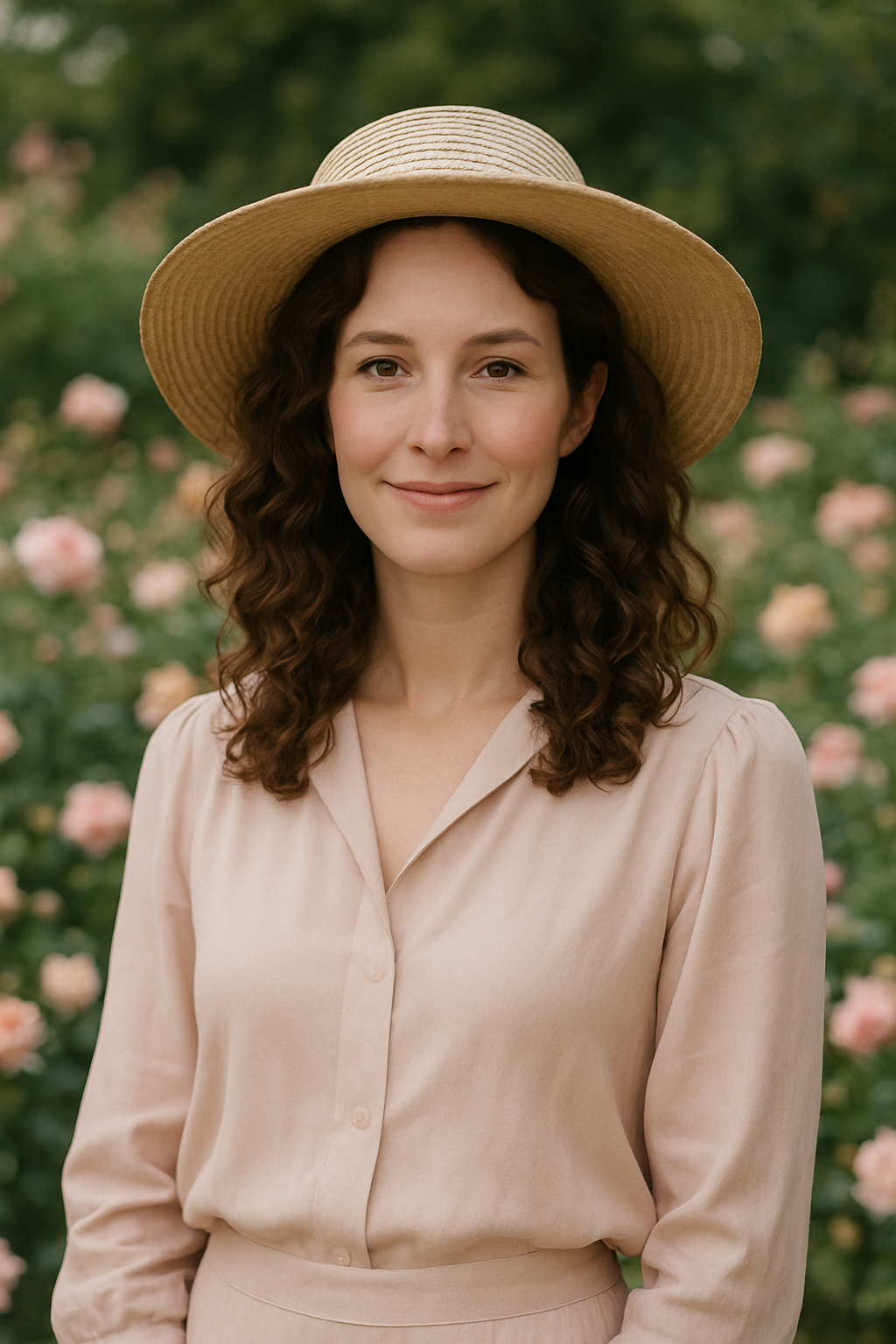
If you’ve ever dreamed of turning your love for flowers into a rewarding small business, you’re in the right place. Growing profitable flowers for local growers isn’t just about planting seeds; it’s about cultivating hope, joy, and a sustainable source of income.
I remember the early days in my own flower garden — feeling the soil between my fingers, watching the first blooms unfold, and realizing this could be more than a hobby. It was both exciting and a little overwhelming, but with every trial, I learned valuable lessons that helped me grow not just flowers, but confidence. Today, I want to share that experience with you. Whether you have a backyard patch or a small field, growing profitable flowers for local growers can bring beauty and income to your life. Let’s explore how to choose the right flowers, maximize your space, and build a thriving flower farm that reflects your passion.
Why Flower Farming is a Profitable Venture for Local Growers
Flower farming is more than planting seeds; it’s a business rooted in nature’s beauty and the growing demand for fresh, local blooms. As a local grower myself, I’ve found that customers love knowing their flowers come straight from a nearby farm, picked fresh and full of life. The local flower market is booming, especially as people look for sustainable alternatives to imported flowers that travel thousands of miles. This means local growers have a unique advantage — freshness, quality, and the story behind their blooms.
Profitability comes from choosing the right flowers that thrive in your area and sell well. It’s also about smart planning: planting varieties that bloom in succession, understanding customer preferences, and managing your resources efficiently. Local flower farms can also diversify income by offering bouquets, workshops, and even flower subscriptions. It’s rewarding to see your hard work blossom into a sustainable business that supports your community and nurtures your soul.
I remember when I first began selling at a local farmers market. The connection with customers, sharing my flower-growing stories, and watching their faces light up when they smelled freshly cut blooms — that made every early morning and hard day worth it. Flower farming isn’t just profitable; it’s deeply fulfilling.
Top Profitable Flowers for Small-Scale Flower Farms
Selecting the right flowers is the heart of any successful flower farm. Over the years, I’ve tested many varieties, and these are my top profitable flowers for local growers, chosen for their beauty, market appeal, and ease of cultivation.
Snapdragons: Characteristics and Growing Tips
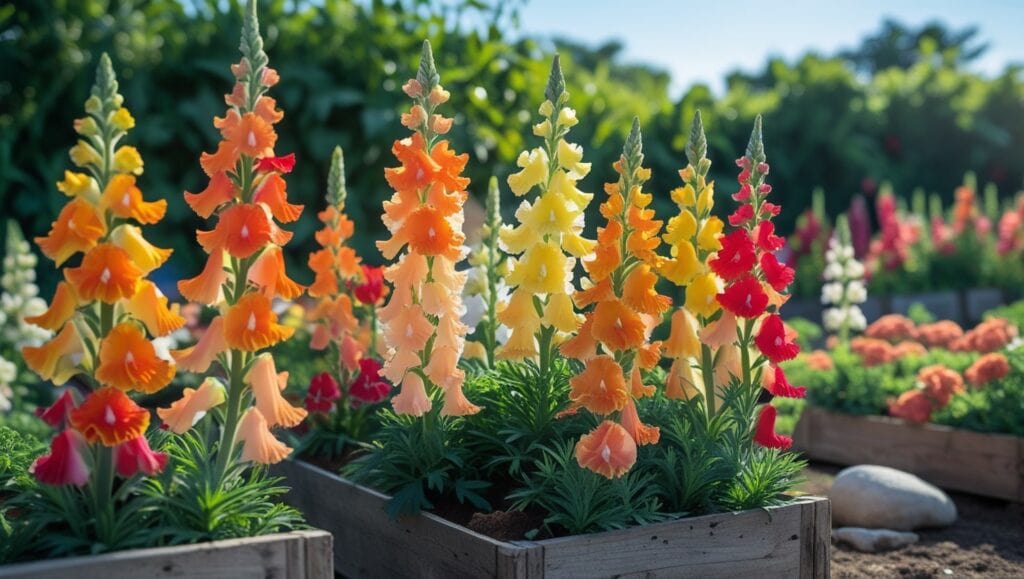
Snapdragons are classic favorites for their tall, colorful spikes and long-lasting blooms. They flourish in cooler months, making them ideal for early or late-season production. Snapdragons attract florists because they hold up well in bouquets and add height and texture.
Growing snapdragons is quite straightforward if you keep a few things in mind. I prefer planting them in well-drained soil with consistent moisture, but avoid soggy conditions. Early pinching of tops encourages bushier growth and more flowers, which is key if you want fuller bouquets. Also, try growing different snapdragon varieties to extend your bloom season — some thrive better in cooler weather, while others tolerate warmth.
Zinnias: Varieties and Profit Potential
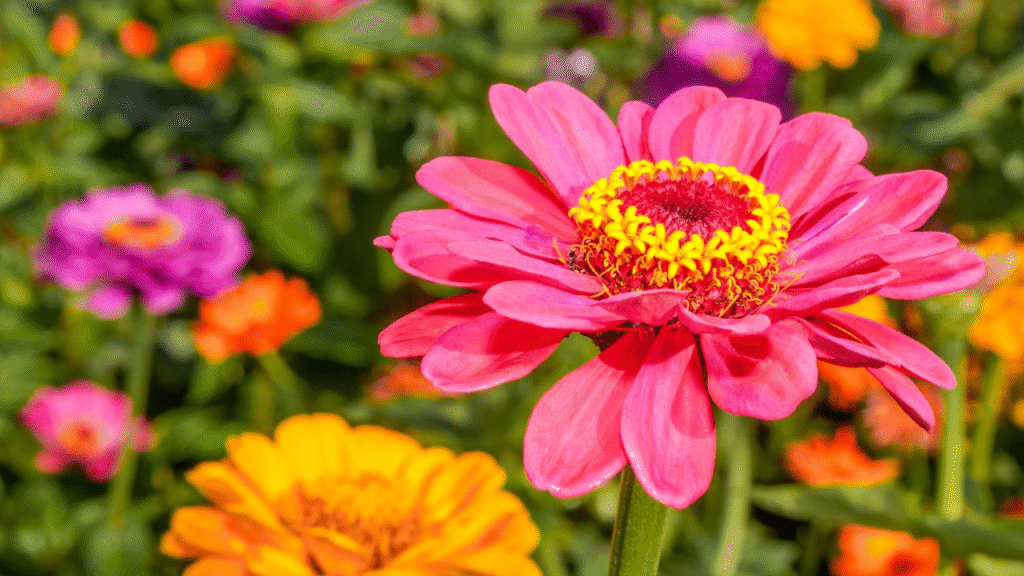
Zinnias are bright, cheerful, and prolific bloomers that do well in warm weather. Their variety in size and color makes them extremely popular in local markets. They’re low maintenance and grow quickly from seed, which helps with fast turnover. For local growers wanting vibrant, eye-catching blooms, zinnias are a must-have.
In my experience, zinnias are almost foolproof. I like to sow them directly outdoors after the last frost, and they begin blooming within 8 to 10 weeks. They attract bees and butterflies too, which is a wonderful bonus for pollination. Because zinnias bloom abundantly and regularly, you can harvest bunches multiple times through the summer, keeping your customers happy and your income steady.
Dahlias: Popular Varieties and Care Advice
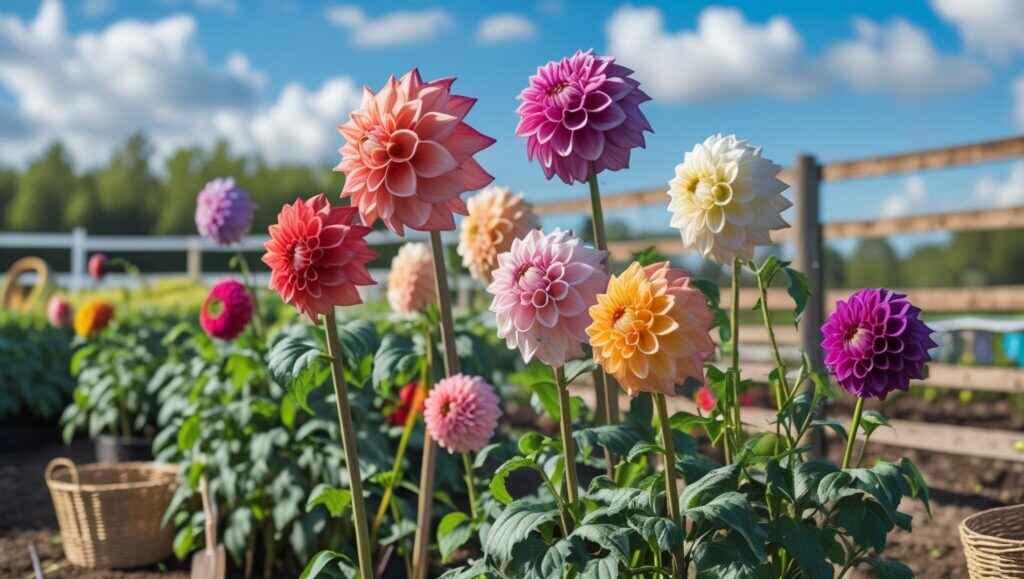
Dahlias have a dramatic flair with their large, intricate blooms in many shapes and colors. They can be a bit more labor-intensive because they grow from tubers and need staking, but the payoff is worth it. Customers love dahlias for weddings and special events, making them profitable flowers for local growers who want to target premium markets.
When I started growing dahlias, I was nervous about tuber storage over winter and staking tall plants. But once I got the hang of it, dahlias became my best-sellers. I keep detailed notes on which varieties thrive in my climate and which colors sell best. If you want to grow dahlias, prepare for some extra care — but know that many florists and customers are willing to pay a premium for these show-stopping blooms.
Cosmos: Why They’re Great for Small Farms
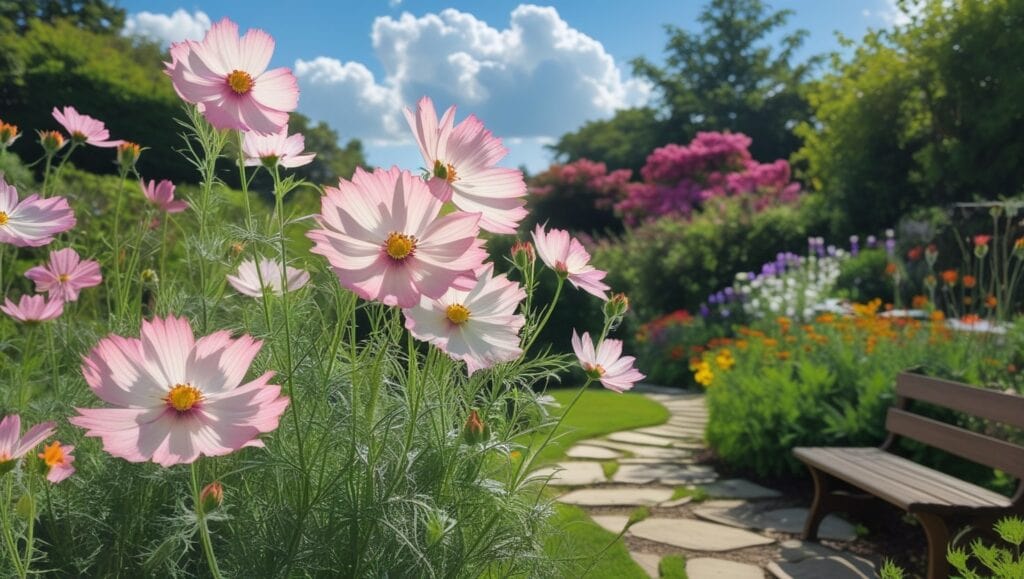
Cosmos are delicate, airy flowers that bring a natural, wildflower feel to any arrangement. They’re drought-tolerant and easy to grow, which makes them great for beginners or growers with less ideal soil conditions. Cosmos bloom profusely and attract pollinators, which benefits the entire farm ecosystem.
I love cosmos because they require minimal fuss and add such charm to mixed bouquets. They’re also fantastic for extending your blooming season into late summer and fall, especially if you plant them in succession. For local growers wanting low-maintenance yet profitable flowers, cosmos are a top pick.
Sweet Peas: Growing and Marketing Strategies
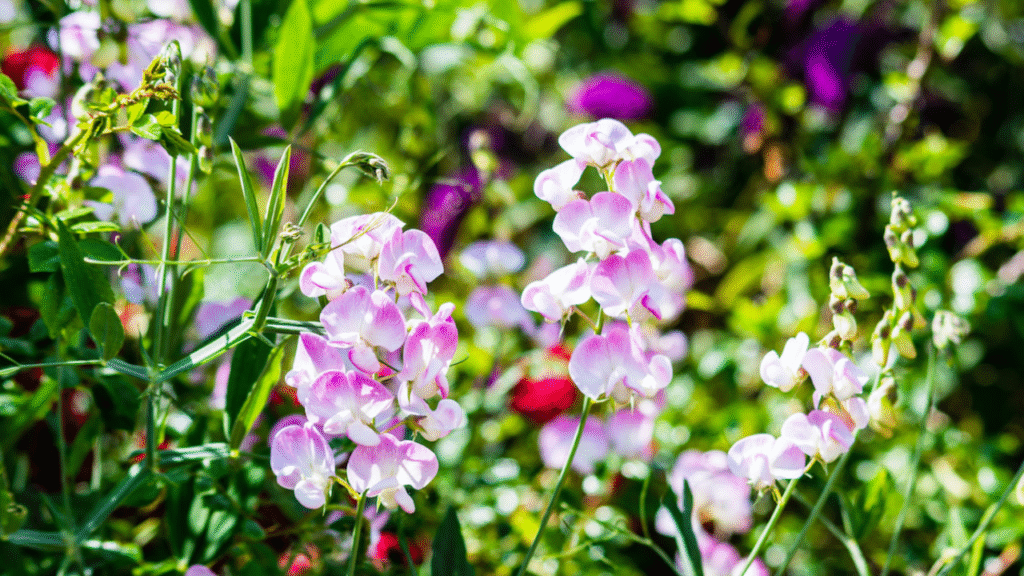
Sweet peas are beloved for their sweet fragrance and pastel colors. They’re perfect for cool spring climates and are often grown for specialty markets due to their scent. Growing sweet peas requires trellising and good air circulation, but they reward growers with a strong market demand from florists who value fragrance.
I find sweet peas particularly rewarding because they connect customers emotionally — many say their scent brings back memories of childhood or special occasions. Growing them well means starting seeds indoors early and ensuring your trellises are ready for climbing vines. If you can master sweet peas, you’ll have a loyal group of fragrance-loving customers.
How to Maximize Production in Limited Space
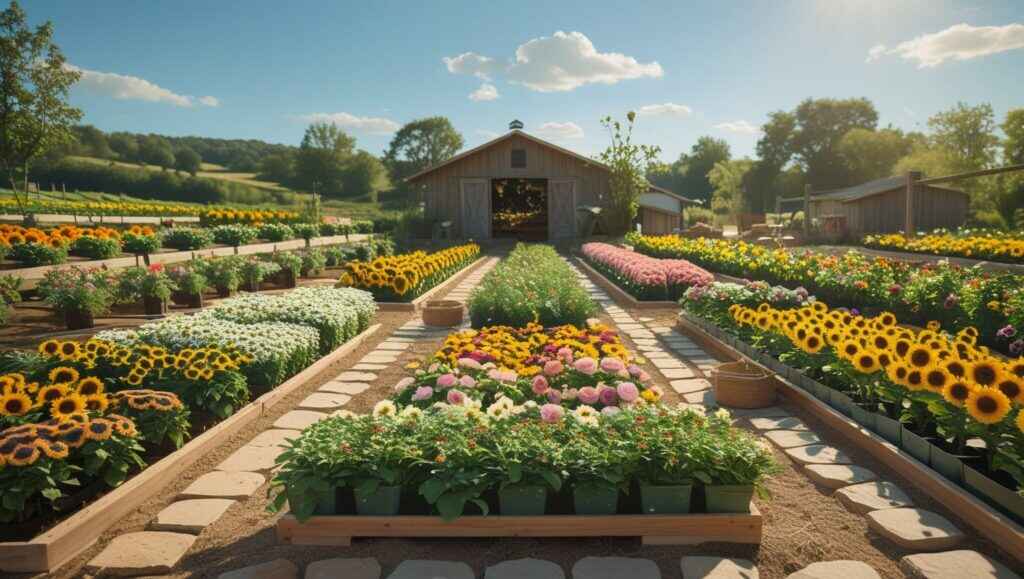
One of the biggest challenges local growers face is limited growing space. But don’t worry — with thoughtful planning, even a small patch can yield a bountiful harvest of profitable flowers.
Efficient Field Layouts for Cut Flower Production
I learned early that a well-designed layout is key to maximizing every square foot. Raised beds or rows spaced thoughtfully allow for easy access and healthy plant growth. Planning paths that don’t waste space but give you room to tend plants makes harvest quicker and less stressful. Try grouping flowers by their watering and sunlight needs to streamline care.
One trick I use is vertical growing structures — like trellises for sweet peas and snapdragons. This lets me grow more in less ground space. Also, interplanting fast-growing flowers like zinnias between slower growers keeps the beds productive.
Planting Density: How Close Can You Plant?
Planting flowers closer together than traditional recommendations can increase your yield without sacrificing bloom quality, if done carefully. For example, zinnias and cosmos tolerate tighter spacing, but dahlias need room to avoid disease. Monitor plant health and adjust spacing in future seasons based on your observations.
In my first year, I was cautious and planted with wide spacing, but I learned that I could reduce space by about 20% for certain flowers without losing vigor. Just be sure to water adequately and provide good airflow.
Succession Planting to Extend Harvest Season
Succession planting means sowing new seeds or setting new plants every few weeks. This strategy ensures continuous blooms and a steady stream of flowers to sell. It’s especially important for profitable flowers for local growers because it keeps your product fresh and available when customers expect it.
For instance, I sow zinnias every three weeks from spring through midsummer, which keeps bouquets fresh from early summer into fall. Succession planting requires some planning but is essential for maintaining steady sales and customer satisfaction.
Essential Supplies and Seed Starting Tips for Successful Flower Farming

Before planting, setting up the right environment for your flowers to thrive is essential. Seed starting is where it all begins, and good preparation can make a huge difference.
- Use quality seed-starting mix that retains moisture but drains well.
- Keep seedlings warm and bright — a sunny windowsill or grow lights work wonders.
- Harden off your seedlings by gradually exposing them to outdoor conditions before transplanting.
- Label your seedlings clearly to avoid confusion.
- Maintain consistent moisture without overwatering to prevent damping-off disease.
Starting seeds indoors extends your growing season and gives your flowers a strong start, which ultimately leads to better, more profitable blooms.
I still recall my first batch of seedlings — anxious to see if they’d sprout, carefully misting them daily. Those little green sprouts brought hope and excitement, a reminder that every flower begins with patience and care.
Marketing and Selling Your Flowers Locally
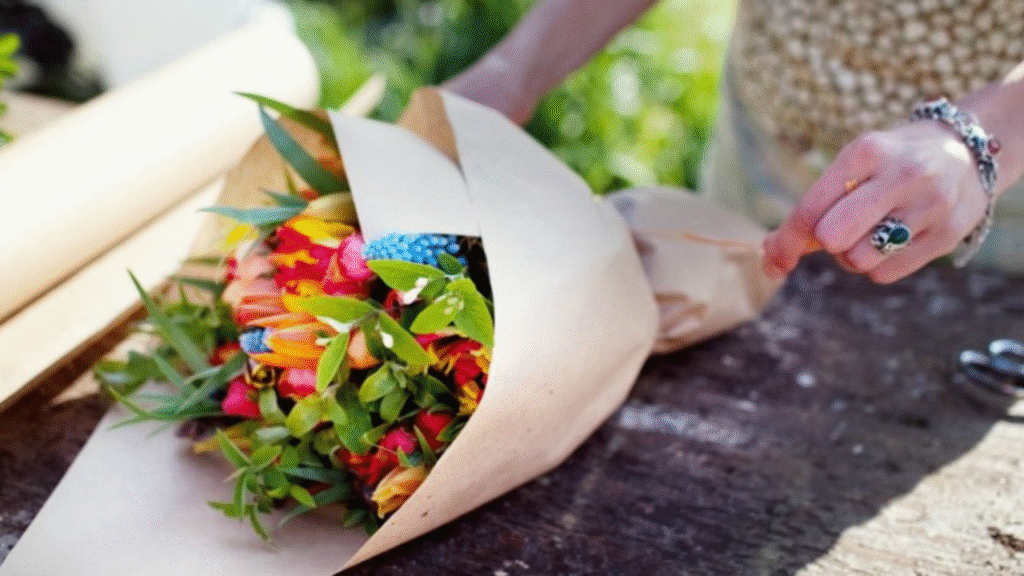
Growing flowers is only half the journey — selling them successfully is where your passion turns into profit.
Local farmers markets, flower shops, and community-supported agriculture (CSA) programs offer excellent opportunities to connect directly with customers. I started by selling small bouquets at my local market, and the personal connections I built made a huge difference. Don’t be afraid to offer workshops or seasonal events — they not only increase income but build loyal fans.
Key marketing tips for local growers:
- Build a strong brand that tells your story.
- Use social media to showcase fresh blooms and behind-the-scenes glimpses.
- Create attractive, ready-to-sell bouquets.
- Offer delivery or subscription services for convenience.
- Network with local florists and event planners.
Bringing It All Together: Building a Profitable Flower Farm Business Plan
To sustain your flower farm, a business plan is your roadmap. Consider your budget, expected expenses (seeds, soil amendments, tools), and forecast your sales based on flower varieties and market demand. Keep records of your planting schedules, costs, and sales to refine your approach every year.
Remember, profitable flowers for local growers don’t just grow overnight — patience, learning, and love are part of the process. Set realistic goals and celebrate every small victory. Surround yourself with a supportive community, and don’t hesitate to ask for advice or share your experiences.
Comparison Table: Popular Profitable Flowers for Local Growers
| Flower Type | Best Growing Season | Sunlight Needs | Special Feature |
|---|---|---|---|
| Ranunculus | Spring | Full sun | Layered, rose-like petals |
| Zinnias | Summer | Full sun | Easy to grow, bright colors |
| Dahlias | Late summer to fall | Full sun | Long vase life |
| Cosmos | Summer to early fall | Partial to full sun | Pollinator-friendly |
Conclusion
Growing profitable flowers for local growers is a deeply rewarding journey, both personally and financially. I’ve walked this path from my first shaky seedling to a thriving small flower farm, and I know the joys and challenges that come with it. With the right flower choices, smart planning, and a little patience, you can create a beautiful business that blooms year after year. Remember, every flower you grow carries a story — your story. So dig in with passion, learn as you go, and watch your flower farm flourish.
FAQS
Q1: What are the easiest profitable flowers for beginners to grow?
A1: Zinnias, snapdragons, and cosmos are great beginner-friendly flowers. They’re forgiving, grow quickly, and have strong local market demand.
Q2: How much space do I need to start a small profitable flower farm?
A2: Even a small backyard plot or a few raised beds can work. With efficient spacing and succession planting, you can maximize production on limited land.
Q3: When is the best time to start planting cut flowers?
A3: It depends on your climate and flower choice. Starting seeds indoors 6-8 weeks before the last frost helps extend your growing season and ensures strong plants.

